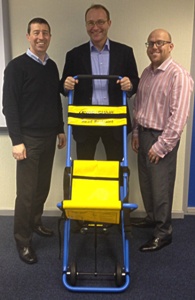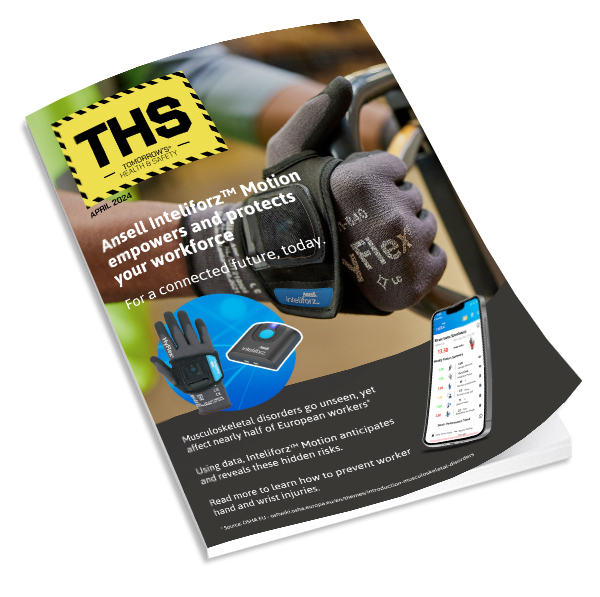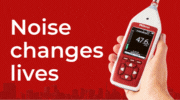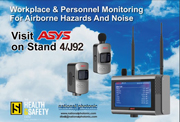At this year’s Health & Safety Event at the NEC in Birmingham, Evac+Chair International found that 68% of surveyed visitors were aware of who is responsible for evacuating a building in an emergency. Almost 70% of people questioned knew that the Regulatory Reform (fire safety) Order (RRO) states the ‘Responsible Person’ – usually the business owner – should ensure employees are evacuated safely out of a building.
Surveying visitors about diversity and inclusion in their workplaces, Evac+Chair also found that over 60% of people believe their place of employment did consider the modern, diverse workforce when evacuation planning.
However, the poll also found disappointing results. 30% of health professionals at the show believed their workplace had no means of escape for people with mobility difficulties whilst only 23% of people surveyed had experienced an evacuation drill in the recommended last six months and 32% of people questioned believed their evacuation equipment is not being used correctly.
Gary Hicks, Manager of the Evac + Chair DMCC branch in the UAE, said: “Diversity comes in many forms. As well as having people with physical impairments in the workplace, we also now have many older people. That makes accessibility a higher priority for every organisation and has specific implications for those responsible for health and safety practices pertaining to a building.”
By law, under the Fire Precautions (Workplace) Regulations 1997, it is the responsibility of the ‘Responsible Person’ to ensure all workers are safely evacuated in the case of an emergency. That usually means the business owner not the Fire Service or the building owner. Fire risk assessments must therefore consider anyone for whom mobility issues mean that they rely on a lift to move up and down a building.
Some of the structural means of escape, including fire stairs, are clearly inappropriate for the mobility impaired. Therefore, the provision of evacuation equipment, such as evac chairs, are vital.
Gary continued: “It’s great news that our survey at the Health & Safety Event found almost 70% of visitors know who is responsible for evacuation in an emergency but now we need to do more to educate the other 30% of health and safety managers who may be unaware of basic evacuation measures. Due to our ever-changing, diverse workforce, accessibility for everyone is something that every organisation must be clear on.”
www.evacchair.net
You are here
- Home
- >
- Survey reveals almost 70% know who is responsible for emergency
Survey reveals almost 70% know who is responsible for emergency evacuation

Published on 16/05/2017
Categories
- CHAS AT SAFETY & HEALTH EXPO 2022
- Agriculture
- Asbestos
- Cleaning
- Compliance & Risk Assessment
- Conferences
- Construction
- Courts
- Culture & Behaviour
- Ear Protection
- Education
- Emergency Evacuations
- Events
- Eye Protection
- Feature
- Fire & Electrical Safety
- Floor Safety
- Gas Detection & Monitoring
- Hand/Arm Vibration
- Hazardous Substances
- Health & Safety News
- Health and Safety Executive
- Hospitals & Healthcare
- Human Factors & Ergonomics
- Hygiene
- In the Courts
- Legislation
- Lone Worker Protection
- Mental Health
- Noise Monitoring
- PPE
- Plant Machinery & Site Safety
- Products & Services
- Prosecutions
- Protective Clothing
- Protective Workwear
- Reports
- Respiratory
- Slips, Trips & Falls
- Standards
- Stress
- Technology
- Training & Development
- Transport & Logistics
- Webinars
- Wellbeing
- Whitepapers
- Work-related Diseases
- Working at height


















